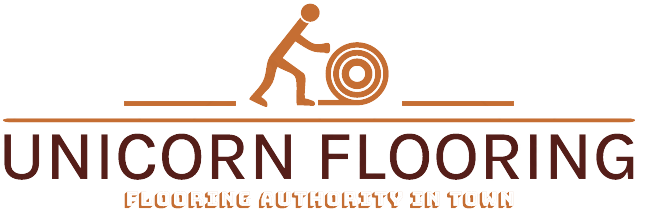Stadium Flooring in Pakistan
Stadium flooring in Pakistan isn’t just about looks. It’s the safety net under an athlete’s feet, the silent partner that shapes playability, the maintenance line-item that can make or break a venue’s operating budget, and — in Pakistan’s fast-moving sports landscape — a piece of infrastructure that determines whether a ground can host international matches, community sport, or school athletics. This guide walks you through the flooring options available in Pakistan, the technical and practical tradeoffs, standards to watch for, local suppliers and case studies, costs and maintenance, and an actionable procurement checklist so your next stadium project stays on budget and on track.
Why stadium flooring matters ?
Player safety & performance — impact absorption, traction and ball behavior are determined by the surface.
Durability & availability — climates like Pakistan’s (hot summers, monsoon rains in many regions) demand materials that resist UV, heat and water.
Event eligibility — international sports bodies require certified surfaces for official matches (e.g., FIFA for football turf).
Whole-life cost — cheaper upfront options often cost more over their lifetime when maintenance, re-laying, and player injuries are considered.
The main stadium flooring types used in Pakistan
Below are the most common options you’ll encounter when planning or upgrading a stadium in Pakistan, with pros, cons and best-use cases.
1. Natural Grass (Turf)
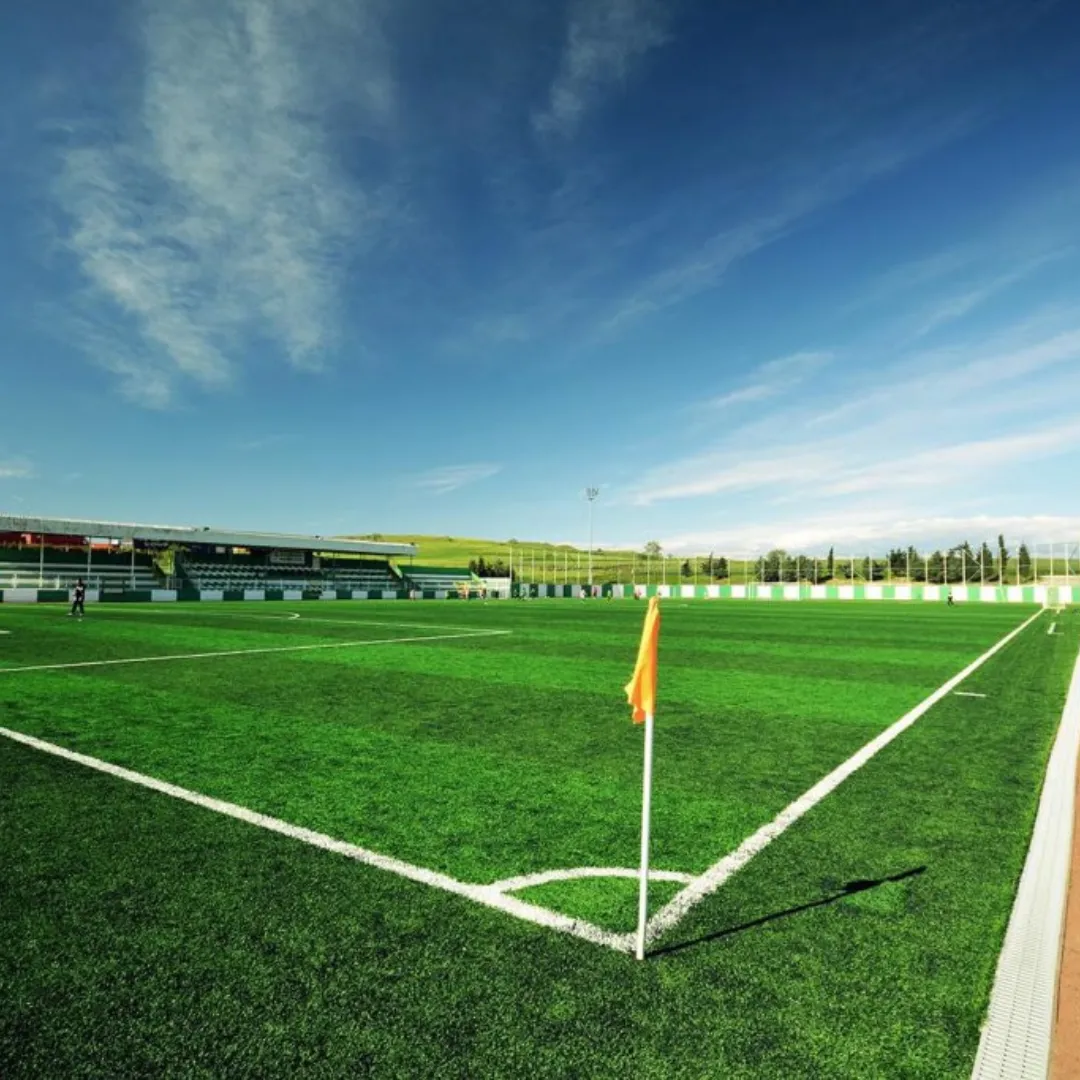
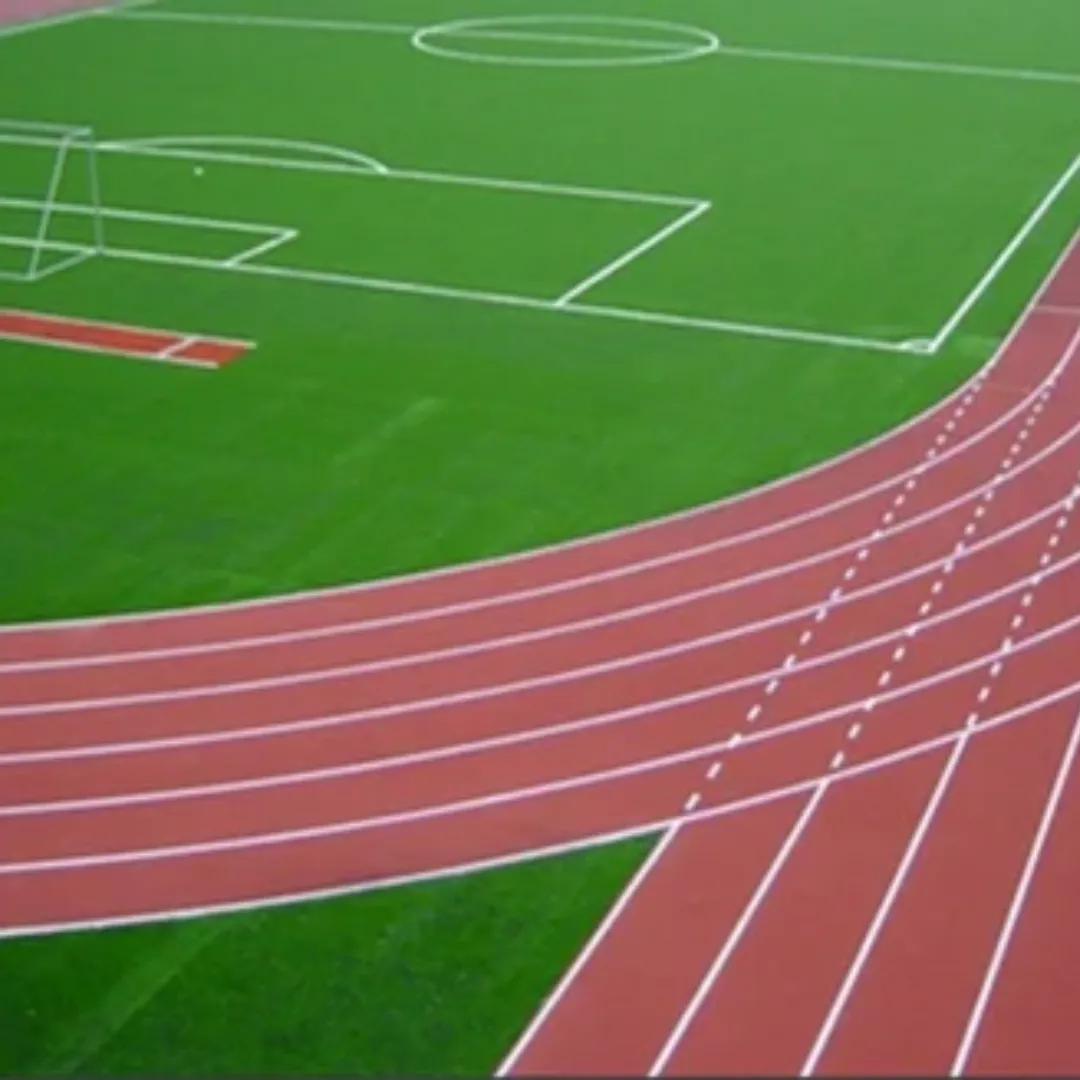
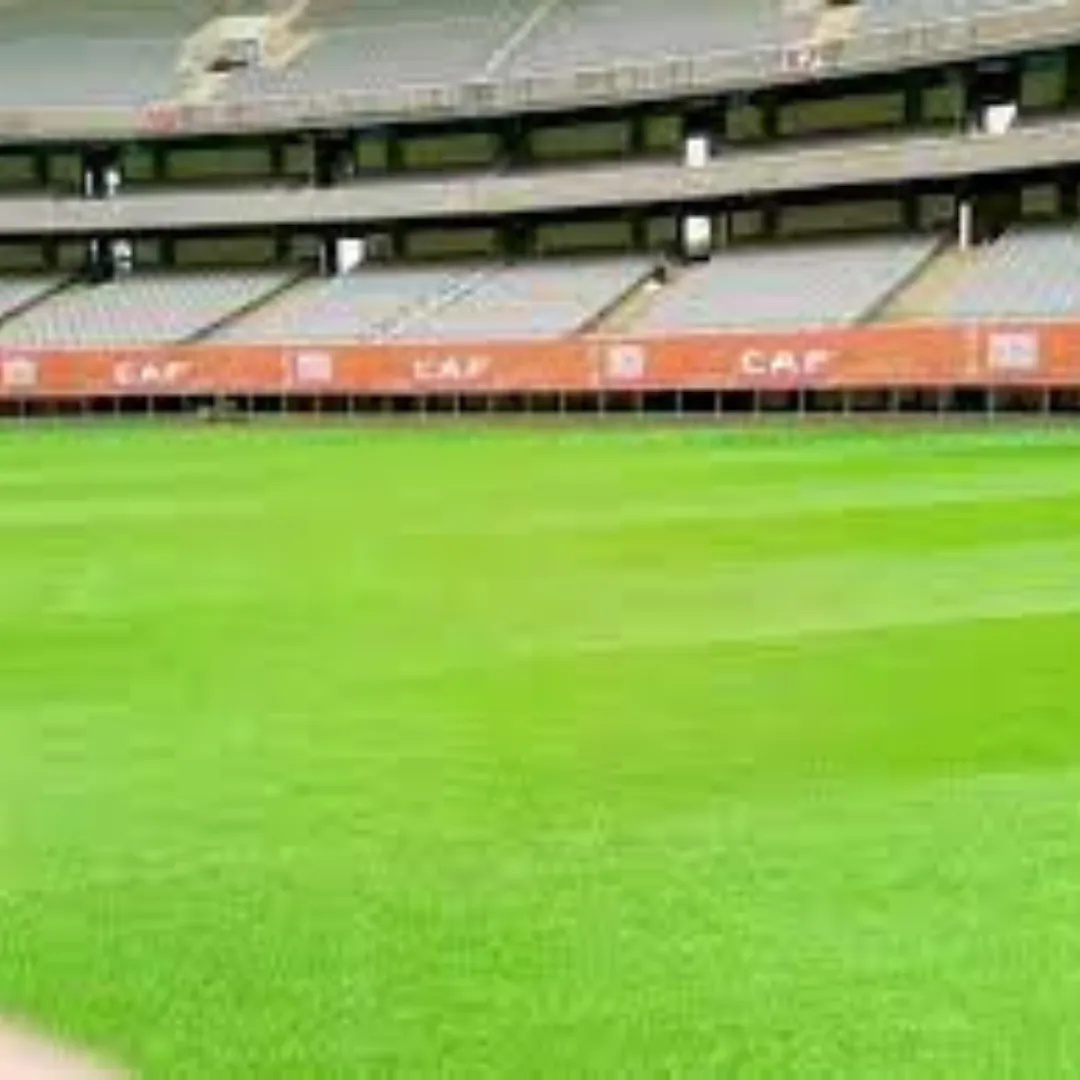
Use: Cricket grounds, large football stadiums, multi-sport venues that prioritize traditional playing experience.
Pros: Best ball behavior and player comfort for many sports; preferred for high-level cricket and some football matches.
Cons: High water and maintenance needs (mowing, irrigation, aeration), vulnerable to heavy use or wet weather.
Best for: Major cricket grounds and stadiums with money and staff for pitch care (e.g., National Stadium Karachi, Gaddafi Stadium Lahore).
Note: Many historic Pakistani cricket stadiums continue to use natural grass, but upkeep is intensive — the recent renovations at major venues include both pitch and supporting infrastructure upgrades to better manage turf health.
2. Hybrid Grass (reinforced natural turf)
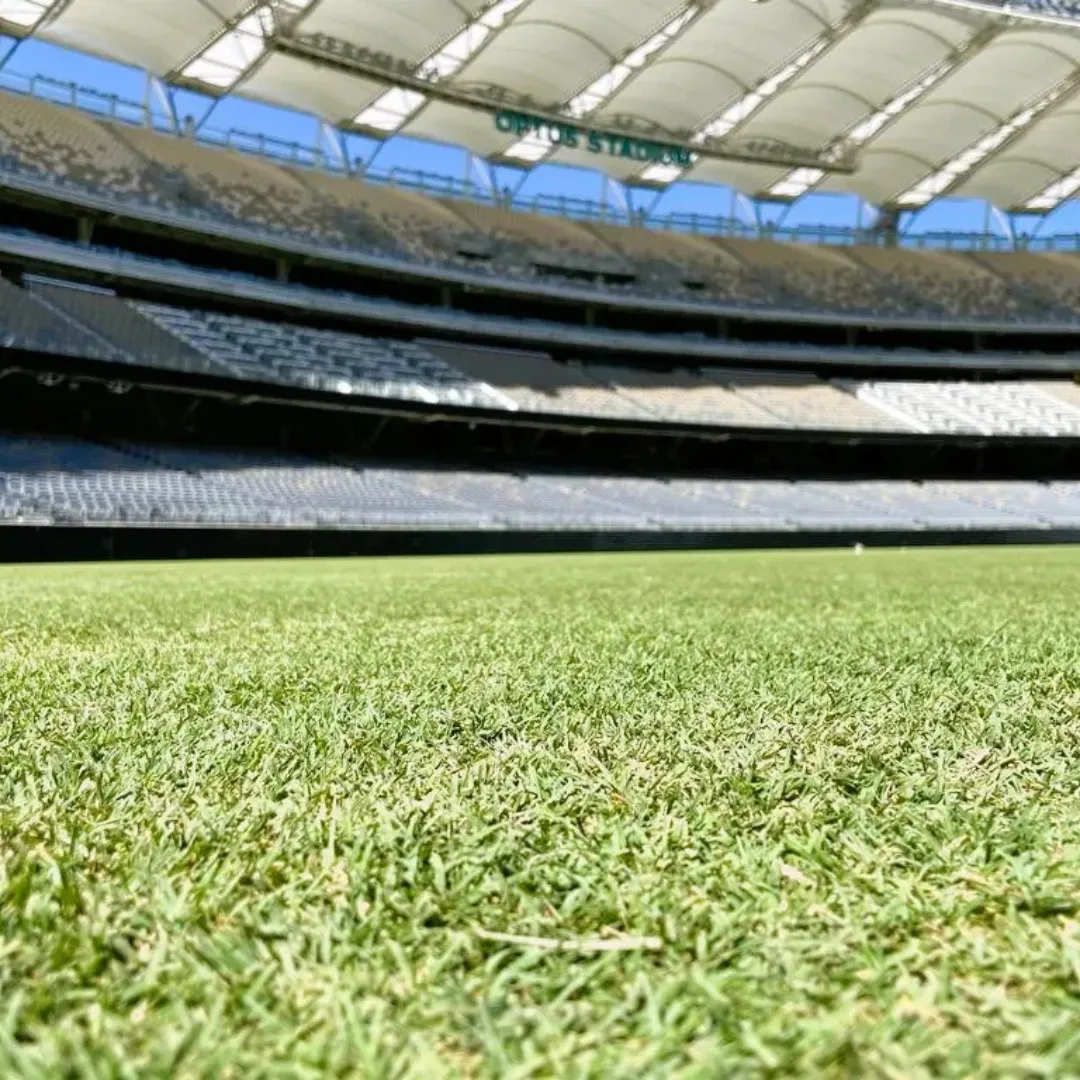
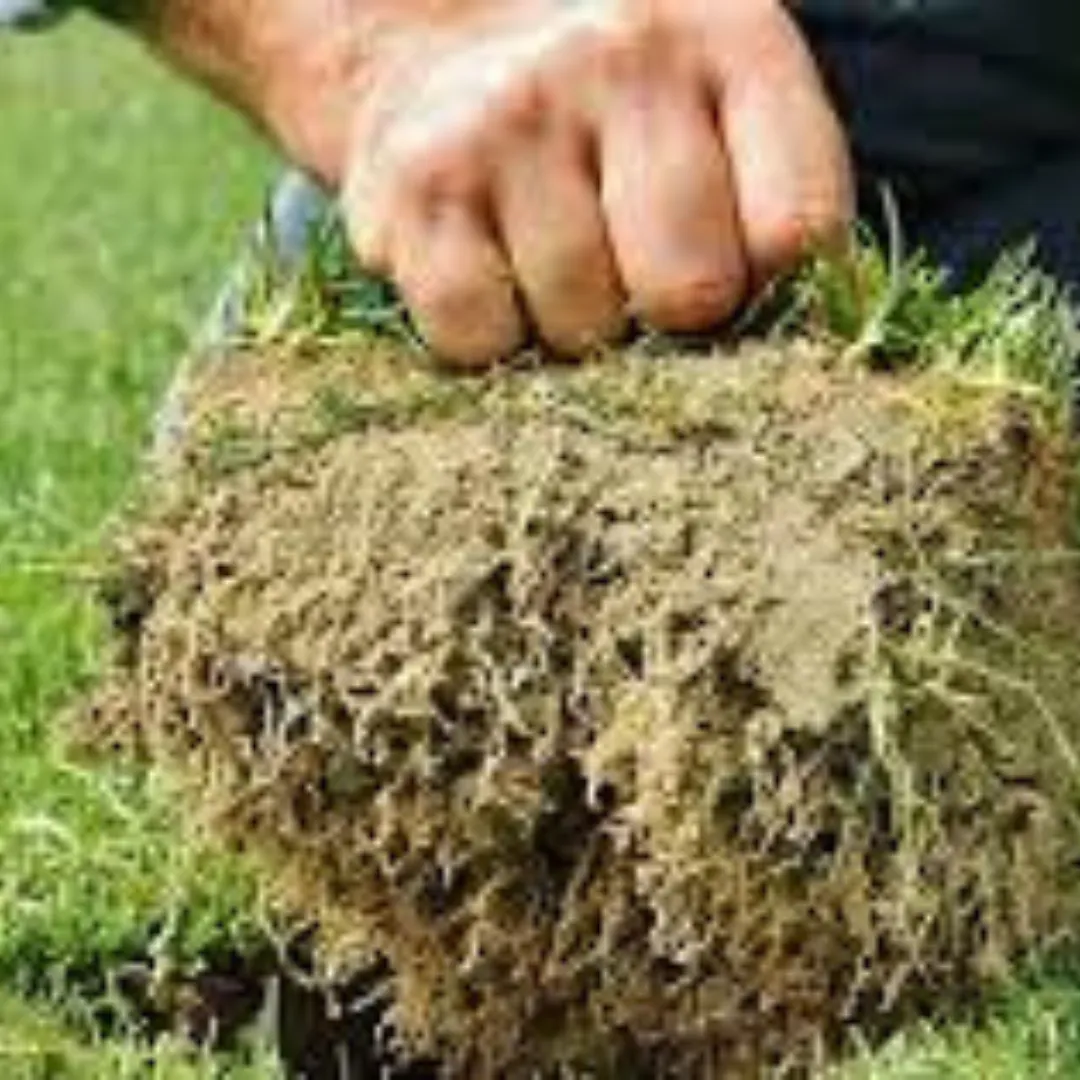
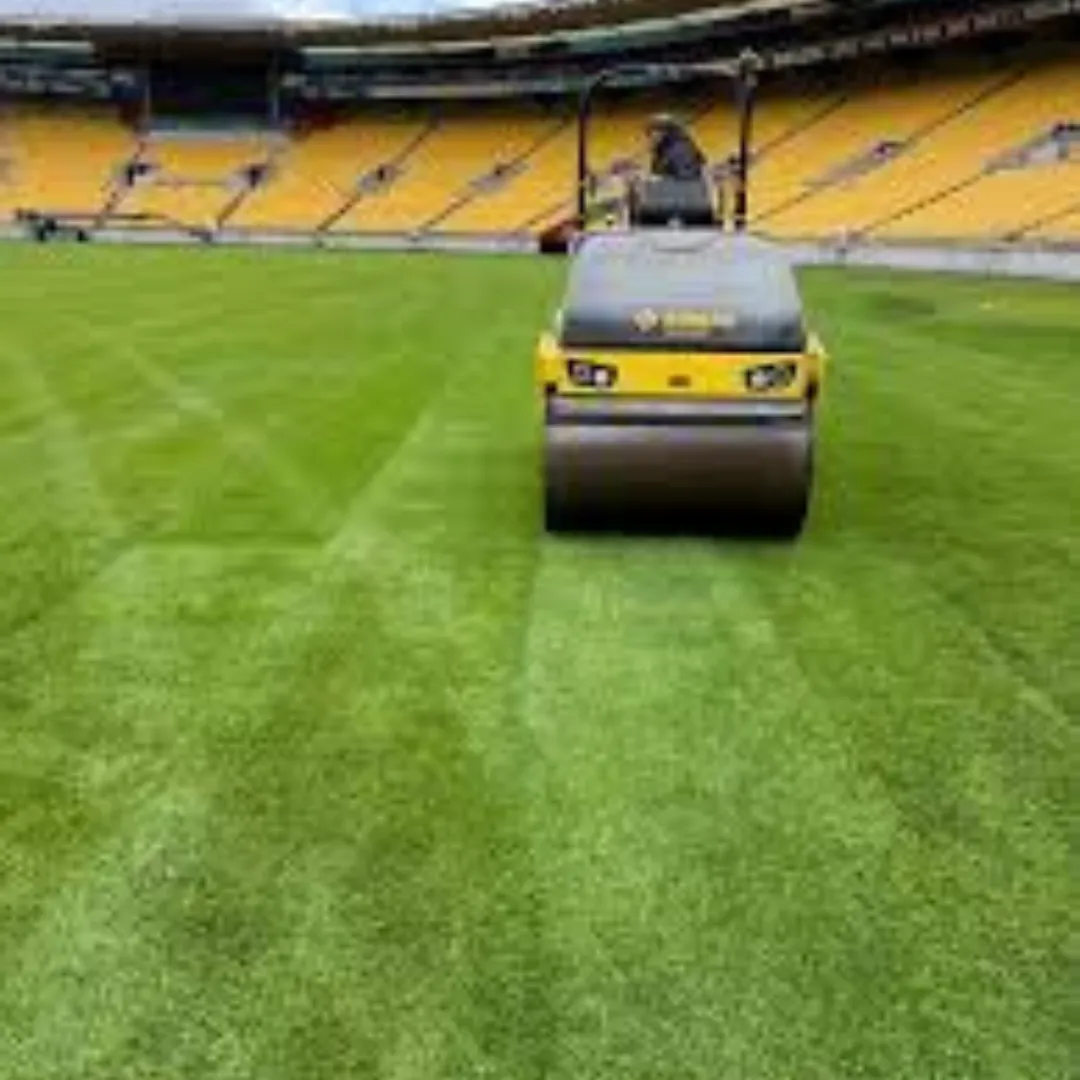
Use: Stadiums needing improved durability but wanting natural grass playability.
Pros: Reinforces natural turf with synthetic fibers or mesh, allowing more frequent use and faster recovery.
Cons: Higher initial cost; still needs natural turf maintenance.
Best for: Football stadiums hosting frequent events or multi-use venues that want near-natural play characteristics.
3. Artificial Turf / Synthetic Grass (3G / 4G)
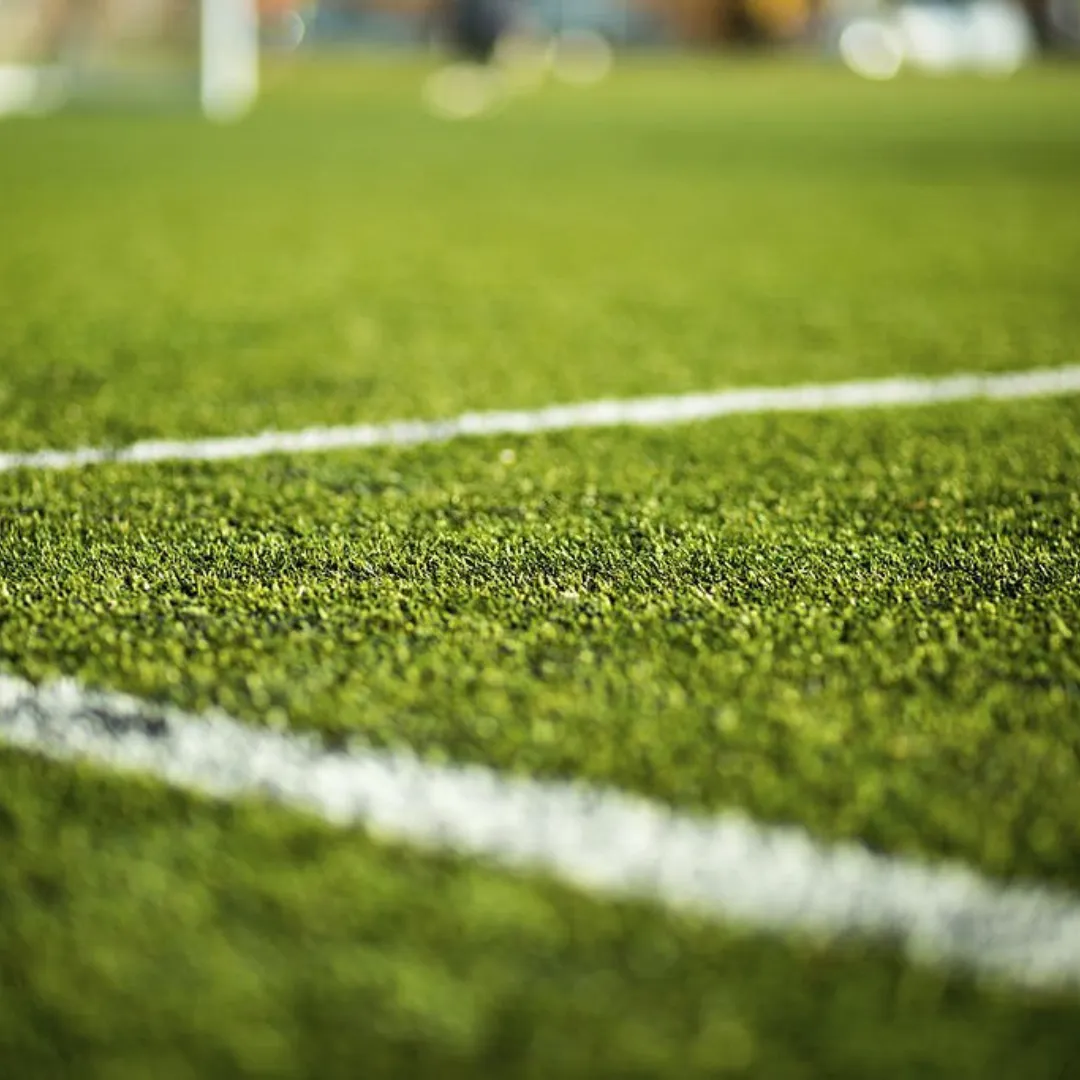
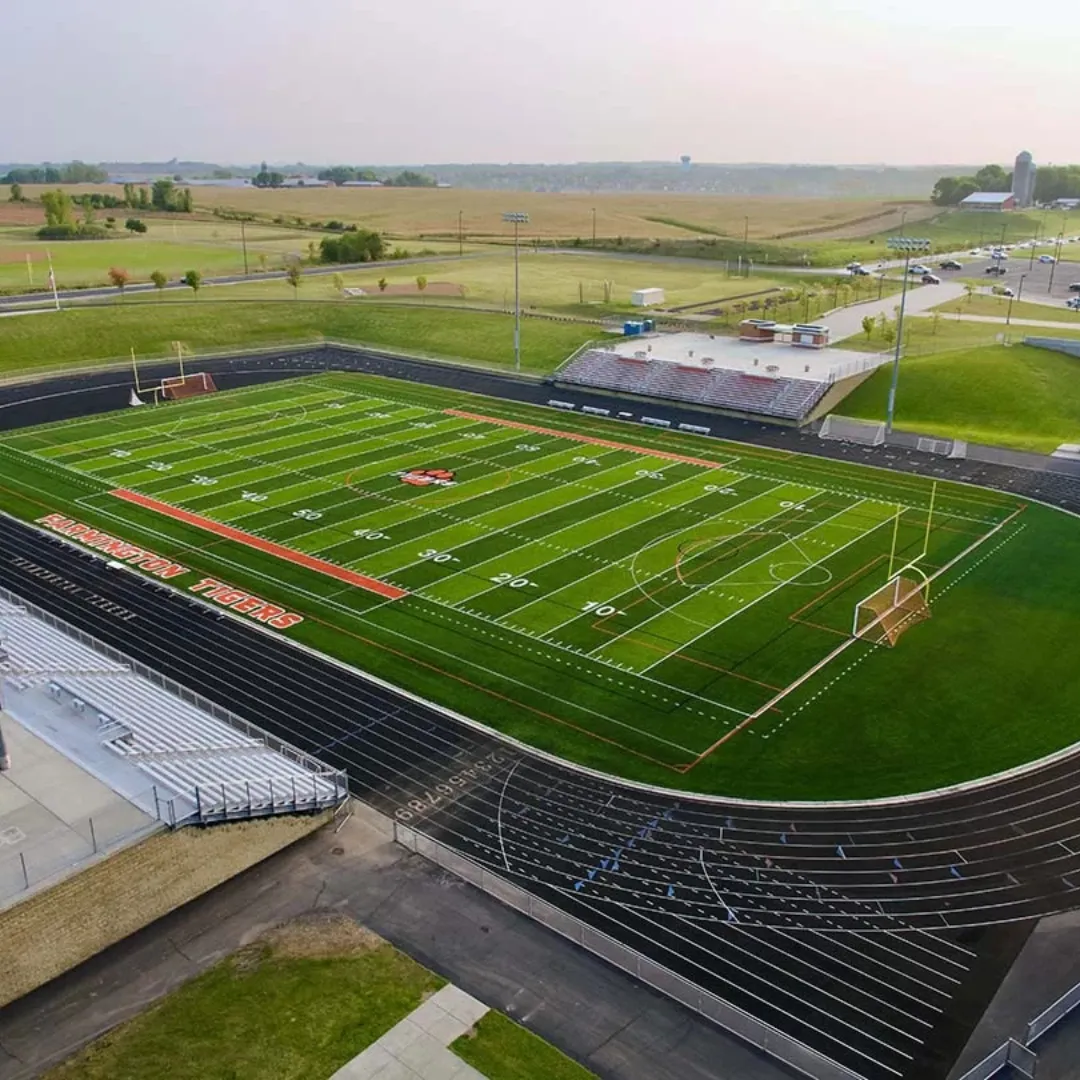
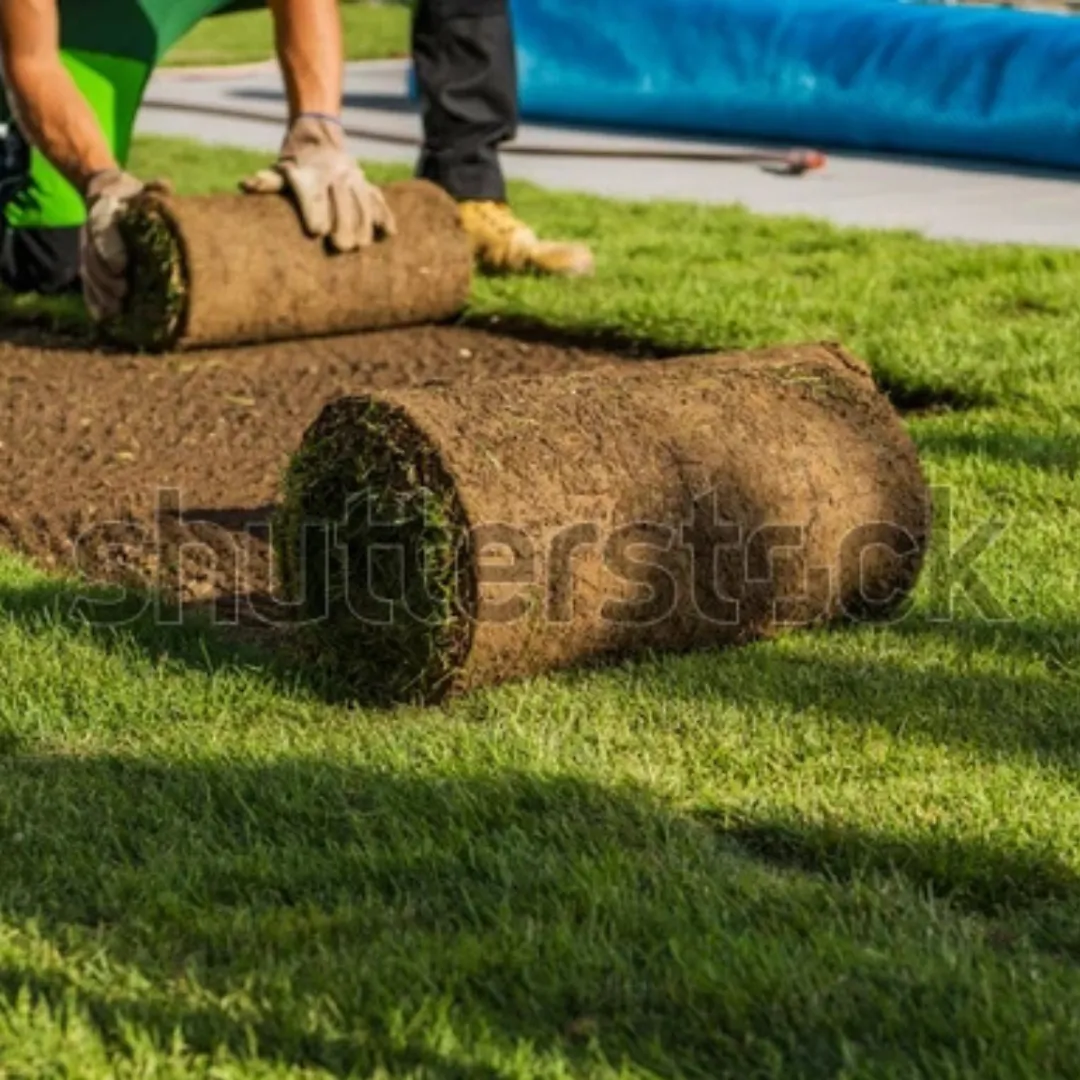
Use: Football, multi-purpose stadiums, training fields, school and community grounds.
Pros: Lower water needs, more tolerant of heavy use, can be FIFA-certified for competitive matches, predictable ball behavior (if high quality).
Cons: Not identical to natural grass in ball feel; lower-end products can overheat in hot sun and wear prematurely. Installation quality and infill types matter hugely for safety and shock absorption.
Standards: Look for FIFA Quality / FIFA Quality Pro certification for professional football turf. Certification ensures lab and field testing for safety, durability and performance.
4. Rubber & PU (Polyurethane) Running Tracks
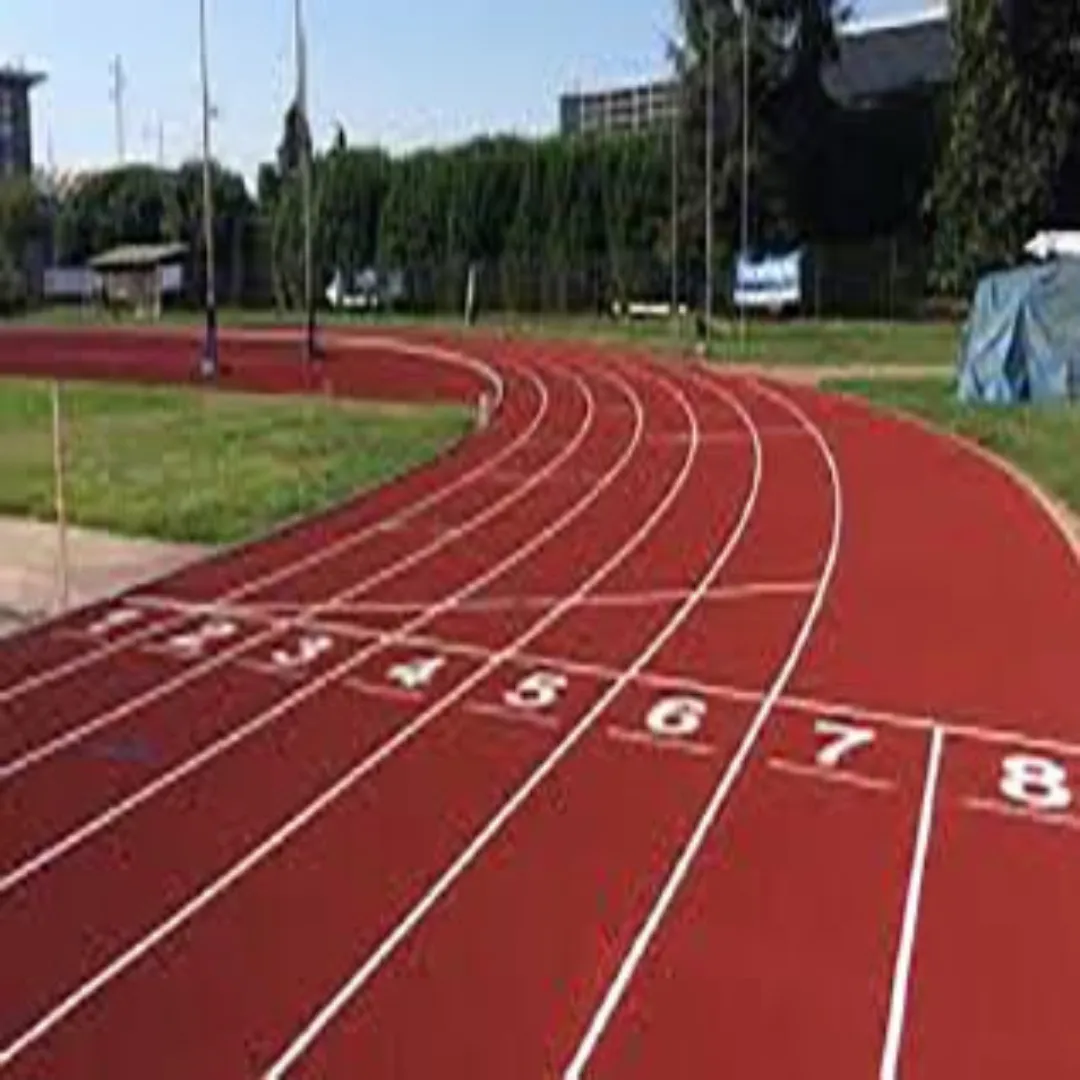

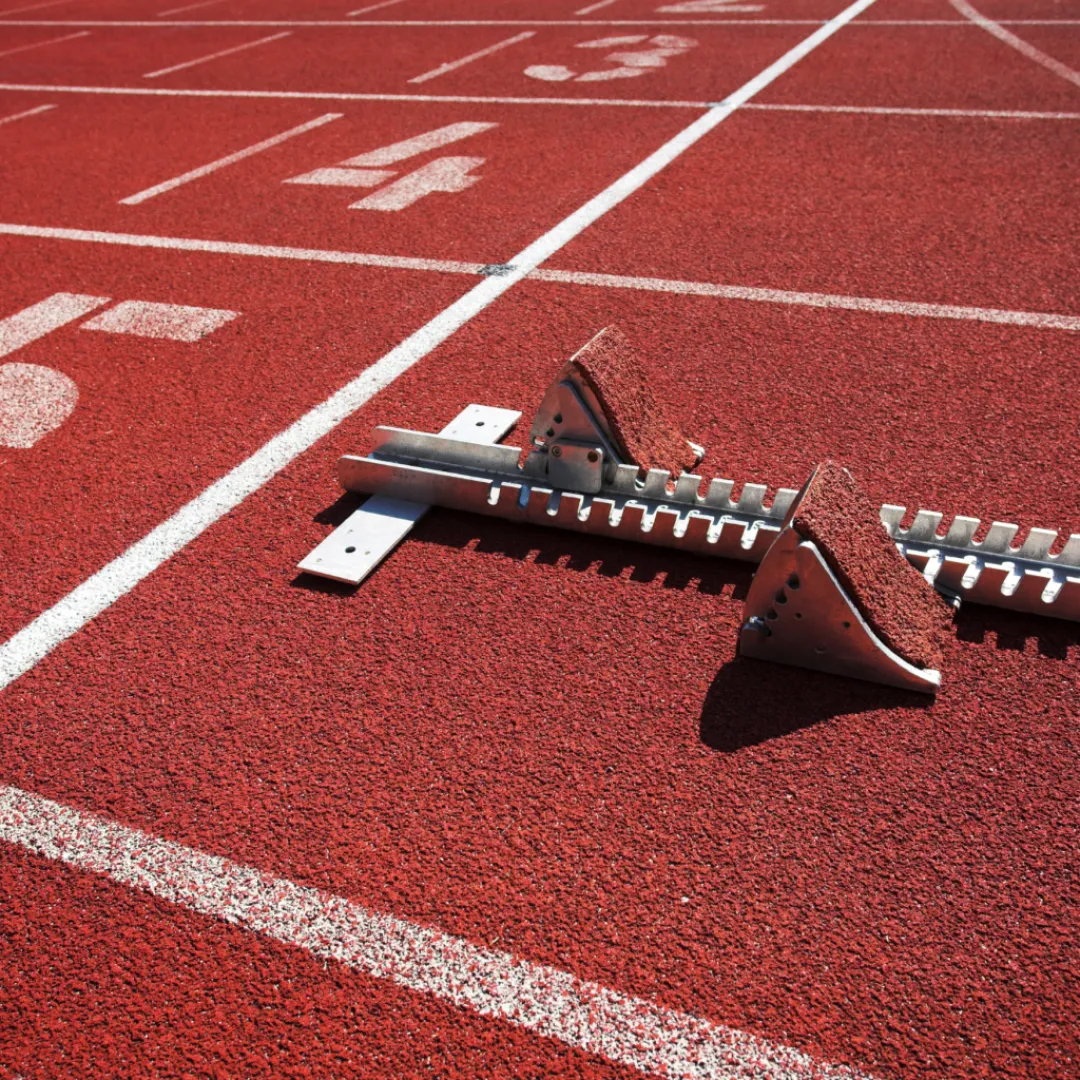
Use: Athletics tracks around stadium fields, warm-up areas, multi-use jogging tracks.
Types: EPDM/SBR bound surfaces, polyurethane pour-and-spray systems, prefabricated rubber tiles.
Pros: Excellent shock absorption and traction, can meet IAAF/World Athletics standards, available in different thickness and hardness levels for different sports.
Cons: Requires proper base (asphalt or concrete) and professional installation; cheaper SBR-only options have shorter life.
Local suppliers & installers in Pakistan offer EPDM/PU systems and claim IAAF-standard installations.
5. Indoor/perimeter flooring (EPoxy, PU, Vinyl)

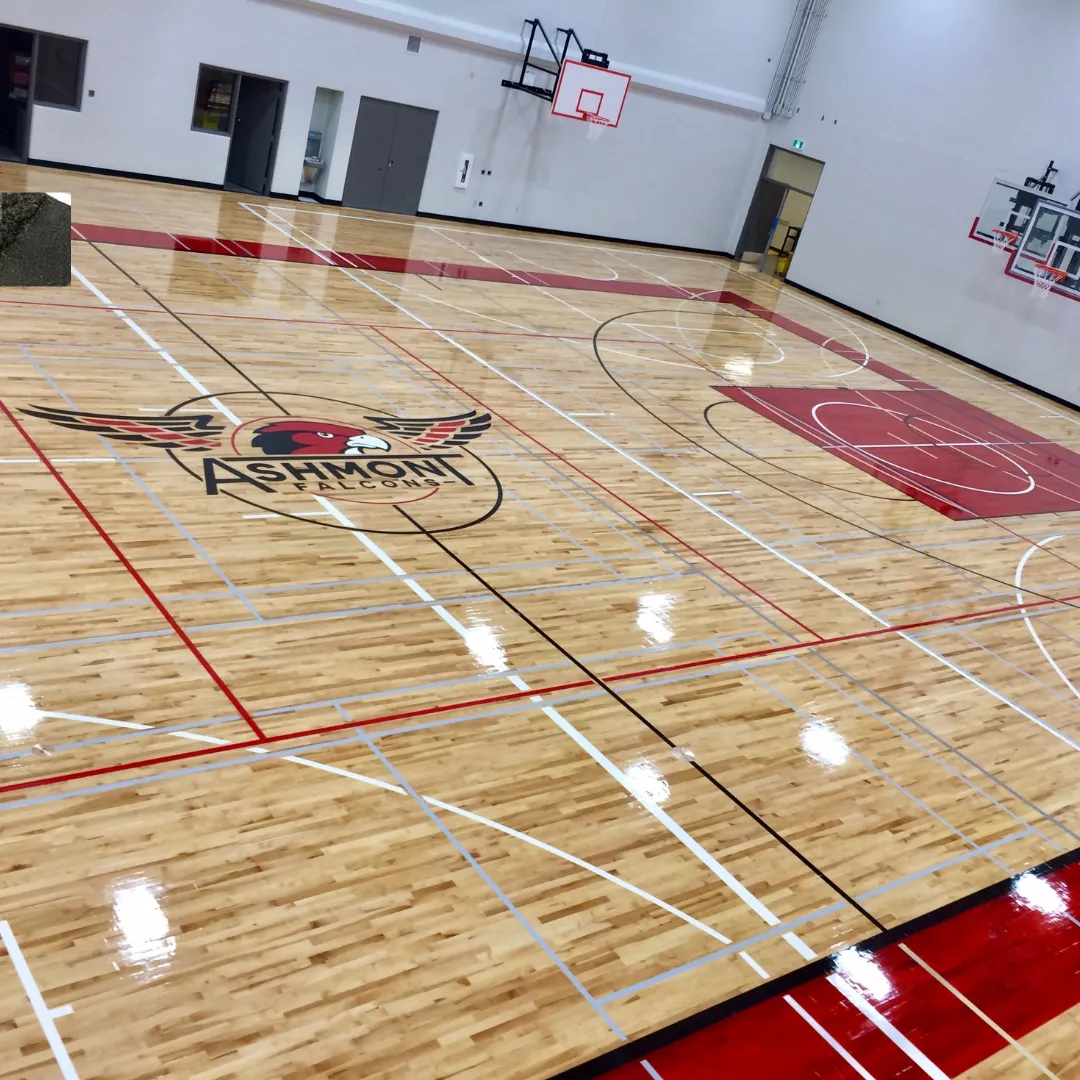
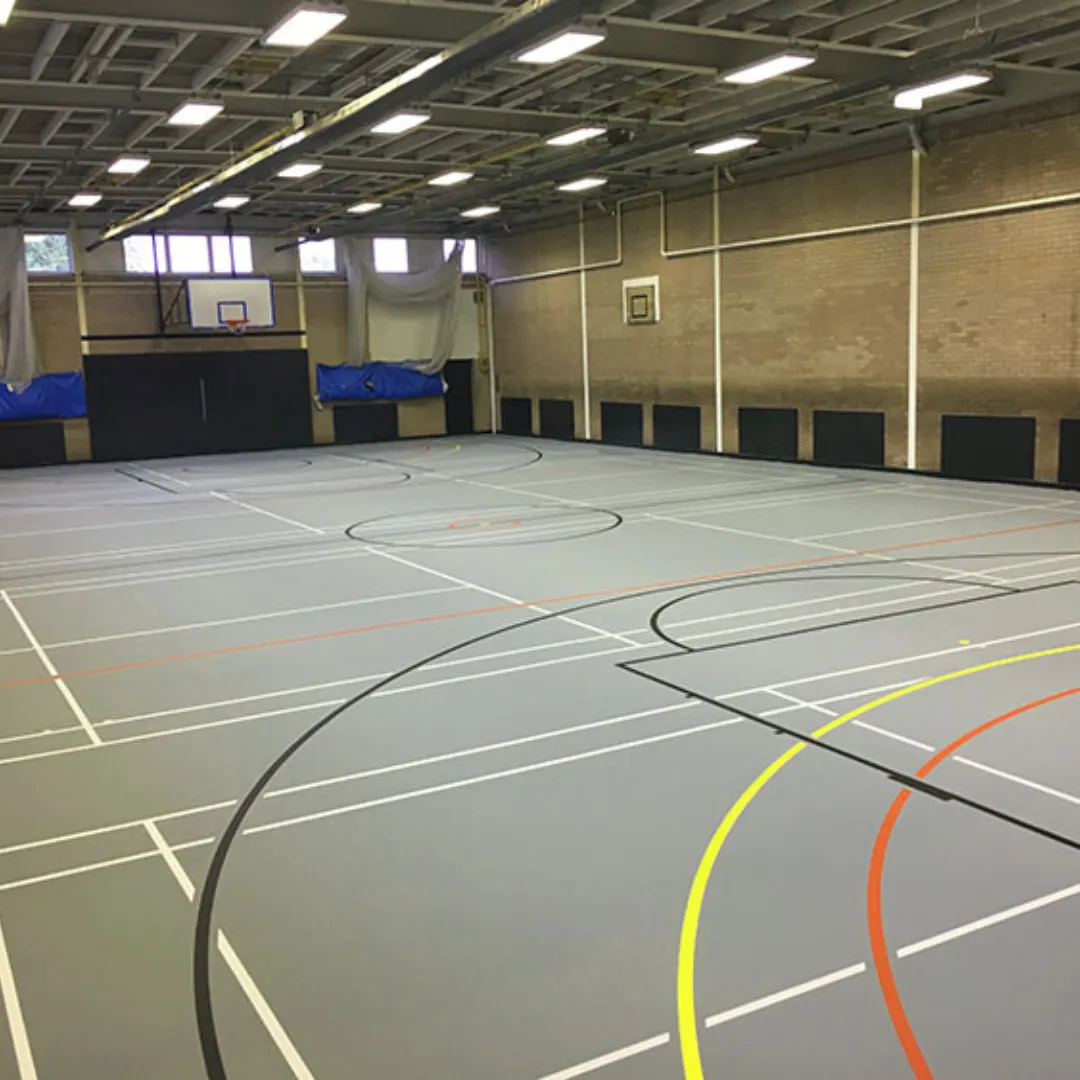
Use: Indoor stadiums, multi-purpose halls, VIP corridors, temporary media areas, and storage/utility zones.
Pros: Seamless finishes (epoxy), chemical resistance, custom markings for multi-sport courts, good for spectator areas and service corridors.
Cons: Not suited for intensive outdoor play; heat and UV exposure degrade some products if used outside.
What the standards say (and why they matter)?
Football Turf
FIFA’s Quality Programme for Football Turf defines testing and certification processes (FIFA Quality / FIFA Quality Pro). If you want to host international or high-level domestic matches, insist on certified turf or documented test results. Certification covers performance (ball behavior), player-surface interaction, weather resistance and durability.
Athletics Track Surfaces
IAAF (World Athletics) standards specify shock absorption, friction, energy restitution and even thickness profiles for layered EPDM/SBR + PU systems. Trusted local contractors advertise IAAF-standard installations — but always ask for proof (test certificates, past projects).
Standards are not optional if you’re bidding to host external events — they’re the difference between being eligible and being turned away.
Local delivery: suppliers & installers in Pakistan
Pakistan has a growing local market for sports flooring. Companies advertise EPDM/PU tracks, synthetic turf installation, rubber flooring and sports court construction. A few examples:
Unicorn Flooring promotes IAAF-standard polyurethane running tracks, EPDM systems and sports-court services. They market full project delivery: pre-construction to post-construction.
Unicorn Flooring advertise EPDM jogging tracks and synthetic turf installations tailored for schools, universities and stadiums. These firms also offer different thickness and hardness variants plus maintenance contracts.
Typical Costs (Ballpark Estimates in PKR)
Costs vary by material quality, site conditions and scope. Below are indicative ranges — use them only for early budgeting and always get local quotes.
- Natural grass (pitch preparation & lay, quality turf): PKR 800–2,500 / sq. ft. (high variance due to irrigation, drainage, and turf type)
- FIFA-quality artificial turf (including shockpad + installation): PKR 1,200–3,500 / sq. ft.
- EPDM/SBR running track (IAAF-style PU system): PKR 600–1,500 / sq. ft. depending on thickness and base works.
- Prefabricated rubber tiles (warm-up areas, perimeter): PKR 400–1,000 / sq. ft.
- Epoxy/PU indoor court flooring (permanent installations): PKR 350–1,200 / sq. ft.These are approximate ranges — regional supply issues, import duties and the price of raw materials (rubber, polymers) can swing costs widely. Always get itemised quotations. (Local companies publish product pages and indicative pricing; consult them for up-to-date offers).
Installation essentials & common pitfalls
Base preparation is king. For synthetic turf and tracks the underlying base (compacted subgrade, asphalt/concrete base) must be level, well-draining, and engineered to plan — poor bases lead to ponding, seam failure and premature wear.
Climate-adapted choices. In hot, dry zones choose UV-stable yarns and infill that won’t overheat excessively; in monsoon-prone regions, robust drainage is critical.
Seams & edging for turf. Poorly welded seams are the most common failure point for synthetic grass in high-use areas.
Contract language. Specify warranties (materials + workmanship), acceptance testing (ball roll, shockpad compression), and penalties for missed timelines.
Testing & certification. If you require FIFA/IAAF compliance, make this a contractual requirement and demand test certificates from accredited labs.
Maintenance — the finances you can’t skip
Natural turf: daily rolling/mowing during season, specialized pitch maintenance (aeration, overseeding) seasonally, irrigation and drainage upkeep — expect a dedicated grounds team.
Artificial turf: regular brushing to keep pile upright, infill top-ups, periodic deep cleaning, seam inspections. Lifespan 8–12 years for high-quality systems (shorter for inferior products).
Running tracks: sweep and clean, annual inspections for delamination or surface breaks. PU/EPDM surfaces often need a recoating after many years depending on use.
Budgeting rule of thumb: annual maintenance typically runs 2–6% of initial capital cost for synthetic surfaces (higher for natural turf due to labor, irrigation and consumables).
Case studies — what Pakistan’s major stadiums teach us
Gaddafi Stadium, Lahore — recent renovations
Gaddafi Stadium underwent significant renovation and infrastructure upgrades ahead of international events, a reminder that stadium projects often bundle seating, lighting and surface work together to meet international hosting standards. When stadiums are being upgraded for major tournaments, pitch and surrounding infrastructure (drainage, access, media zones) are typically upgraded simultaneously.
National Stadium, Karachi — central venue with historic significance
National Stadium remains an iconic cricket venue; modernization efforts around such stadiums often include improvements to pitch preparation facilities, drainage, and spectator access rather than wholesale surface changes (for cricket, pitch preparation is very different from football turf replacement).
Lesson: big stadium upgrades are multidisciplinary projects (civil works, drainage, pitch, lighting, seating). Plan the surface work as part of an integrated stadium refurbishment budget.
Environmental & social considerations
- Water usage: Natural turf consumes significant water; synthetic turf reduces irrigation but may raise heat-island effects. Hybrid systems are a middle ground.
- Recycling & end-of-life: Some modern synthetic turf systems and rubber tracks are recyclable — check supplier claims and end-of-life plans.
- Community access: Choosing a durable surface (e.g., quality artificial turf) can increase community use, enabling more youth and amateur play without pitch degradation.
Procurement checklist — questions to ask suppliers
Do you provide on-site references and site visits to completed projects?
Can you provide material certificates and manufacturer warranties?
Are your installations tested to FIFA/IAAF standards (if claiming such) — do you have third-party lab reports?
What is included in the quoted price (drainage, baseworks, line markings, installation, warranty)?
What is the expected lifespan and recommended maintenance schedule?
Who performs post-installation acceptance testing and what are the acceptance criteria?
Do you provide training for our grounds staff and maintenance documentation?
Sample specification (starter) — multi-use stadium, 40,000 seats
- Infield (football/cricket): Hybrid reinforced natural turf on sand-based profile with under-soil drainage & automated irrigation (for high-use venues).
- Pitch & warm-up: Temporary or adjacent FIFA-quality artificial turf for extended training use (if hosting frequent events).
- Athletics track: 10–14 mm PU-bound EPDM surface laid over asphalt base designed per IAAF profiles (lane markings to spec).
- Perimeter & spectator concourse: Epoxy/PU coatings with anti-slip finish and clear line demarcation.
- Warranty & QA: Minimum 5-year material warranty on turf + 2–3 years workmanship; acceptance tests (ball roll, shockpad tests, seam strength) prior to handover.
Final recommendations (practical steps)
Define use-case first. Determine which sports, frequency of events, spectator expectations and budget. This drives material choice.
Budget for the base. Spend on base and drainage — cheap bases lead to early failures.
Require test certificates. For sports surfaces, insist on material and installation test reports. If you require FIFA/IAAF compliance, make that explicit in the contract.
Plan O&M from day one. Maintenance budgeting and staff training ensure your surface lasts as long as intended.
Look for local references. Inspect local installations in Pakistan to verify contractor claims.
Closing thoughts
Stadium flooring is a strategic investment: it influences safety, player performance, running costs and the types of events you can host. Pakistan’s market now offers modern options — EPDM/PU tracks, FIFA-grade synthetics, and experienced local installers — but the outcome depends on rigorous procurement, properly engineered bases, and long-term maintenance commitments. Whether you’re upgrading a community ground or renovating a national stadium, align material choice with use-case, demand documentation, and treat the surface as a long-term asset rather than a one-time expense.
FAQ'S
For international cricket, natural turf is still standard; synthetic turf is used for practice and lower-tier matches. Hybrid systems can offer a middle ground for heavy-use venues
With good installation and maintenance, a high-quality PU/EPDM track can last 8–15 years; lower-end SBR-only systems may last less. Regular maintenance and avoiding chemical spills increase lifespan.
If you plan to host international or elite-level football matches, FIFA Quality / Quality Pro certification (or an equivalent documented test) is recommended or required. For local community use, it’s optional but desirable for performance and safety.
Several local firms advertise EPDM/PU tracks and synthetic turf installations (e.g., Unicorn Flooring). Always verify references and request certificates.
